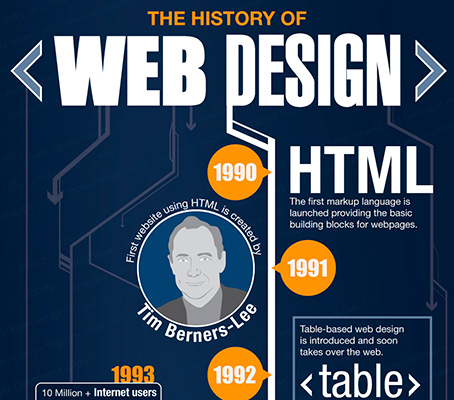Taking Advantage Of The Power Of Visual Power Structure In Internet Site Style
Taking Advantage Of The Power Of Visual Power Structure In Internet Site Style
Blog Article
Write-Up Written By-Hamann Hodge
Picture a website where every component contends for your focus, leaving you really feeling overwhelmed and not sure of where to concentrate.
Now photo an internet site where each component is meticulously organized, assisting your eyes easily through the page, providing a seamless individual experience.
The difference hinges on the power of aesthetic power structure in web site style. By tactically arranging and focusing on elements on a web page, designers can develop a clear and user-friendly path for customers to comply with, ultimately enhancing engagement and driving conversions.
Yet just how specifically can you harness this power? Join us as we check out the principles and methods behind efficient aesthetic pecking order, and find exactly how you can raise your internet site style to new heights.
Comprehending Visual Hierarchy in Website Design
To properly convey details and overview users via a web site, it's critical to understand the principle of aesthetic hierarchy in web design.
Visual power structure refers to the setup and company of aspects on a webpage to emphasize their value and create a clear and instinctive customer experience. By developing a clear visual power structure, you can route customers' attention to one of the most important information or activities on the page, boosting use and involvement.
This can be accomplished through numerous layout strategies, consisting of the critical use of dimension, color, contrast, and placement of elements. As an example, larger and bolder aspects generally bring in more interest, while contrasting colors can develop aesthetic comparison and draw focus.
Concepts for Efficient Visual Pecking Order
Recognizing the principles for efficient aesthetic hierarchy is crucial in creating an easy to use and appealing web site layout. By complying with these concepts, you can make sure that your web site efficiently connects info to individuals and overviews their focus to the most vital components.
https://retailtechinnovationhub.com/home/2022/7/4/how-to-become-better-at-online-retail-blog-writing is to make use of size and range to develop a clear visual pecking order. By making crucial elements bigger and much more famous, you can accentuate them and overview customers with the content.
web content development is to make use of comparison effectively. By using contrasting colors, font styles, and forms, you can create visual differentiation and emphasize essential info.
Furthermore, the concept of proximity recommends that associated aspects must be grouped with each other to visually connect them and make the site extra organized and easy to browse.
Implementing Visual Pecking Order in Internet Site Layout
To carry out aesthetic pecking order in site design, focus on crucial components by changing their size, shade, and position on the web page.
By making crucial elements bigger and a lot more noticeable, they'll naturally attract the user's interest.
Use contrasting shades to develop visual contrast and stress important details. For example, you can utilize a vibrant or dynamic shade for headlines or call-to-action switches.
In addition, take into consideration the placement of each element on the page. Place essential components at the top or in the facility, as customers have a tendency to concentrate on these locations initially.
Conclusion
So, there you have it. Aesthetic power structure resembles the conductor of a symphony, guiding your eyes via the web site layout with skill and panache.
It's the secret sauce that makes an internet site pop and sizzle. Without it, your design is just a jumbled mess of arbitrary aspects.
Yet with visual power structure, you can develop a masterpiece that orders interest, connects efficiently, and leaves an enduring impression.
So go forth, my friend, and harness the power of visual power structure in your site layout. Your audience will thank you.
